Recent Articles
Popular Makes
Body Types
10 Things You Need to Know About the All-New 2017 Kia Niro Hybrid Crossover
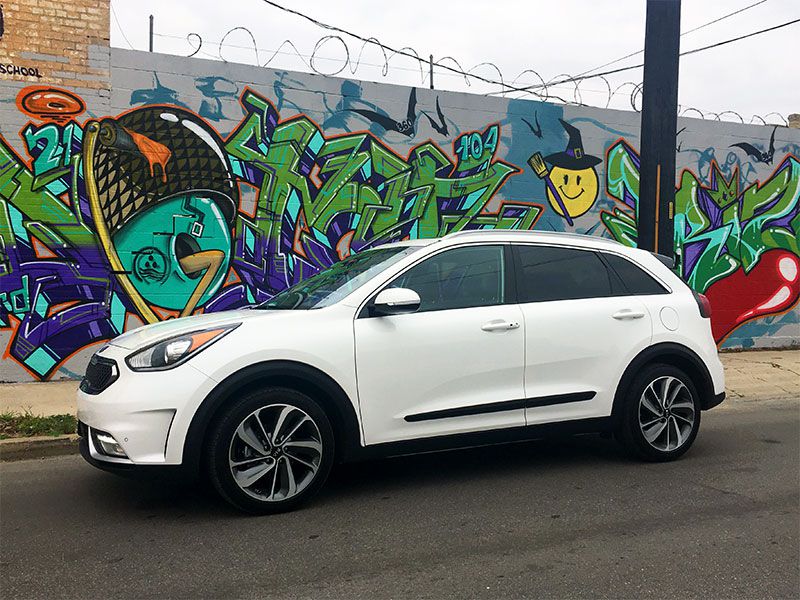
2017 Kia Niro exterior front angle by Carrie Kim ・ Photo by Carrie Kim
The all-new Kia Niro is filling a space that car buyers have been waiting on for a long time. Americans love crossovers, as demonstrated by the fact that they are outselling old-school sedans year after year, but we don’t have many available to us in hybrid form. The Kia Niro is almost alone in its class; it’s much smaller than a RAV4 Hybrid, much hipper than a Nissan Rogue Hybrid, and much cheaper than a Lexus NX Hybrid. As a matter of fact, there is no direct competitor to the Kia Niro. Compact, stylish and fun to drive, this small hybrid crossover has us pretty excited. Read on to learn 10 things you need to know about this brand new vehicle from Kia.
1. It’s a brand new hybrid crossover for 2017.
If you’re wondering why you’ve never heard of the Kia Niro before now, it’s because it’s all-new for 2017. This is the second hybrid model in the Kia lineup; first came the Kia Optima Hybrid sedan in 2011, and now the Niro arrives as the brand’s hybrid compact crossover. Kia also began offering an all-electric version of the popular Soul in 2015, but it is not available as a hybrid.
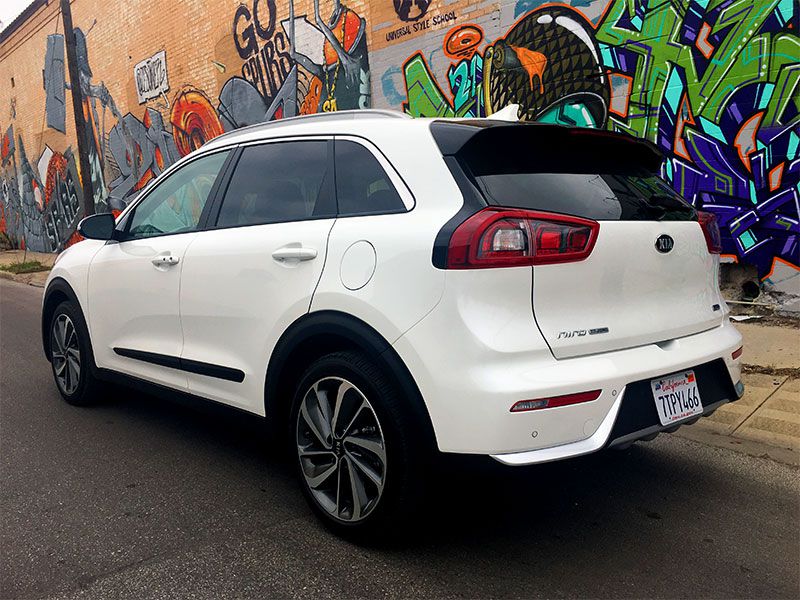
Photo by Carrie Kim
2. It can reach fuel economy of up to 50 mpg.
It’s impressive to hear that a crossover hybrid could achieve up to 50 mpg, but the super-efficient Niro FE model can reach it, no hypermiling required. The Niro FE is the least thirsty of the bunch, with a fuel economy of 52 mpg city/49 mpg highway (50 mpg combined). Moving up the trim levels, both the Niro LX and EX can achieve EPA estimates of 51/46 mpg (city/highway), and the Touring model is rated at 46/40 mpg (city/highway). *Touring model average pictured above. Just for a little context, the Toyota RAV4 Hybrid (albeit a bigger vehicle) has reported averages of 34/30 mpg (city/highway) and the Nissan Rogue Hybrid comes in at 31/34 mpg. It even beats a compact car competitor, the Ford C-Max, which only averages 42/38 mpg. The Toyota Prius still beats the Niro with an average of 54/50 mpg, and Hyundai’s new IONIQ beats both the Niro and the Prius with a combined average of 58 mpg.
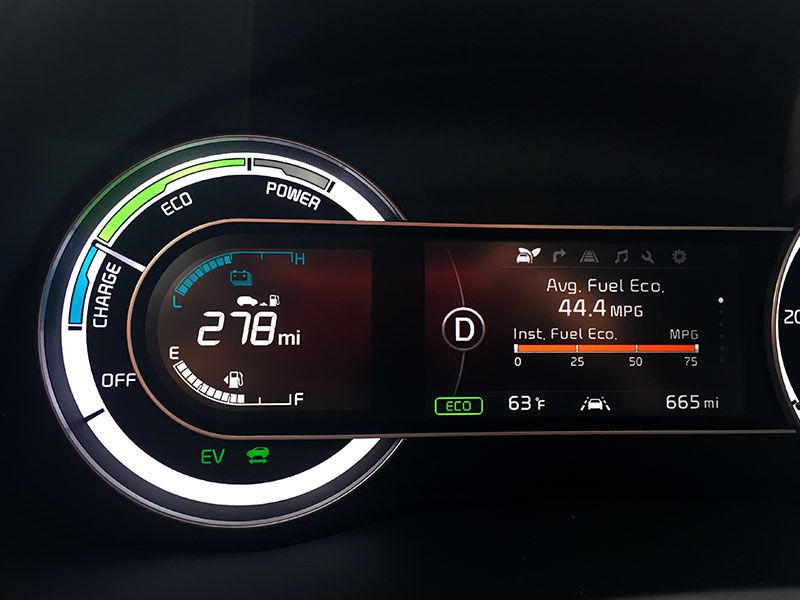
Photo by Carrie Kim
3. It’s a Guinness World Record holder.
That’s right, the Kia Niro FE achieved a 76.6 mpg fuel economy average on a cross country road trip from Los Angeles to New York City, earning it the Guinness World Record title for the lowest fuel consumption. The FE that was driven from Los Angeles City Hall to New York City Hall is the least thirsty Niro model, with EPA estimates of 52/49/50 mpg city/highway/combined. On the record-breaking trek, the Niro used 4.1 tanks of gas (48.5 gallons).

Photo by Carrie Kim
4. Even a fully loaded model costs less than $30K.
Probably most impressive to us was that we learned that you can get a top of the line Niro Touring Launch edition, for under $30,000, even including destination fees. A similarly equipped Toyota Prius costs $30,015, and that’s before destination charges. The Niro is definitely priced to sell; an entry level FE model starts at just $22,890, which is impressive for most new cars these days, not to mention a hybrid model.
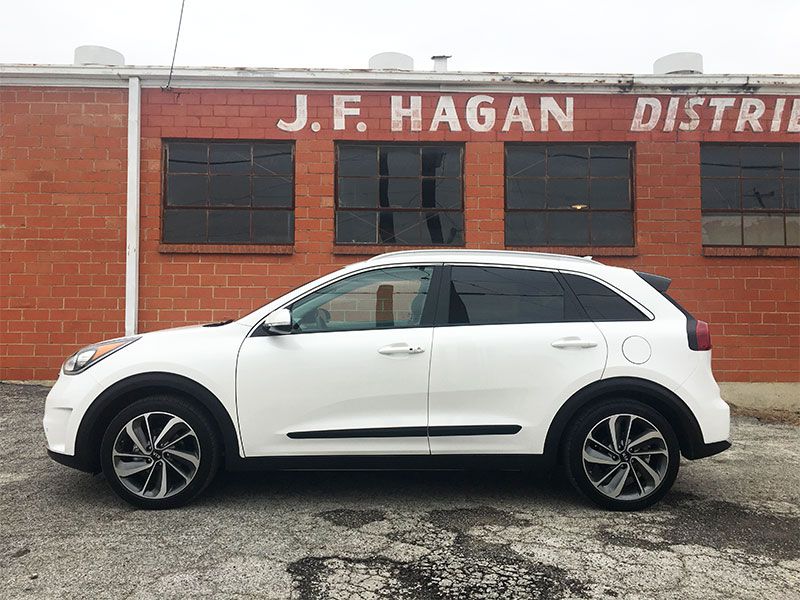
Photo by Carrie Kim
5. It’s the first hybrid made by Kia that wasn’t a “regular” car first.
The Niro was born as a hybrid. The brand’s other hybrid, the Optima, was a traditional sedan first, before getting it’s hybrid powertrain later. Even the Soul EV came years after the regular Soul was introduced. Since the Niro was developed as a hybrid from the get-go, many design and styling decisions were based on what would work best for optimal “green” performance.
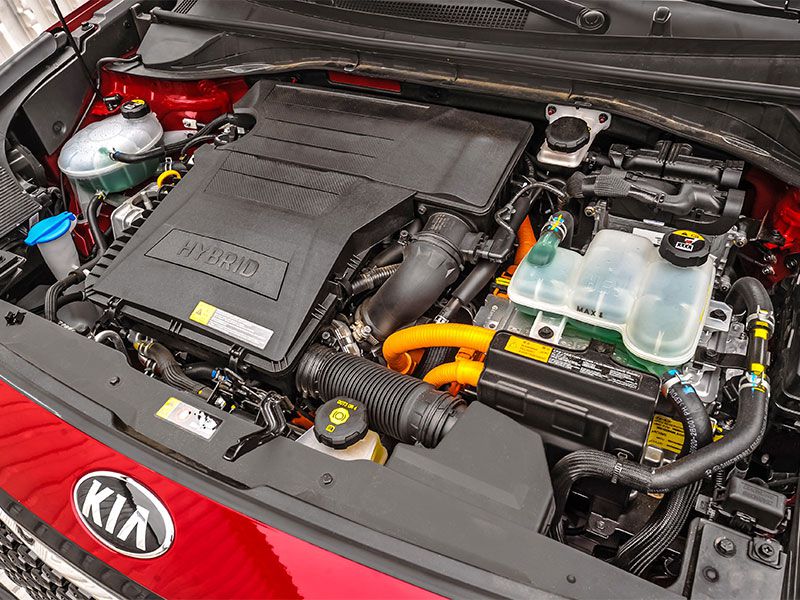
Photo by Kia
6. It sure doesn’t drive like a hybrid.
Sure, great fuel economy is a priority for most when shopping for a hybrid vehicle, but we were dually impressed by the way the Niro felt on the road. Simply put, driving the Niro feels like you’re driving a “regular” car that happens to be equipped with a hybrid engine. There’s surprising pickup for its meager 139 hp, and there are no “growing leaves,” “green cars” or other gimmicky green hybrid-esque schemes to distract you as you drive. The drive is enjoyable, and Kia attributes that to its newly updated dual-clutch transmission; other hybrids are typically built with CVTs (continuously variable transmissions) that encourage good fuel economy, but can lack responsiveness (and are very whiny and noisy to boot).
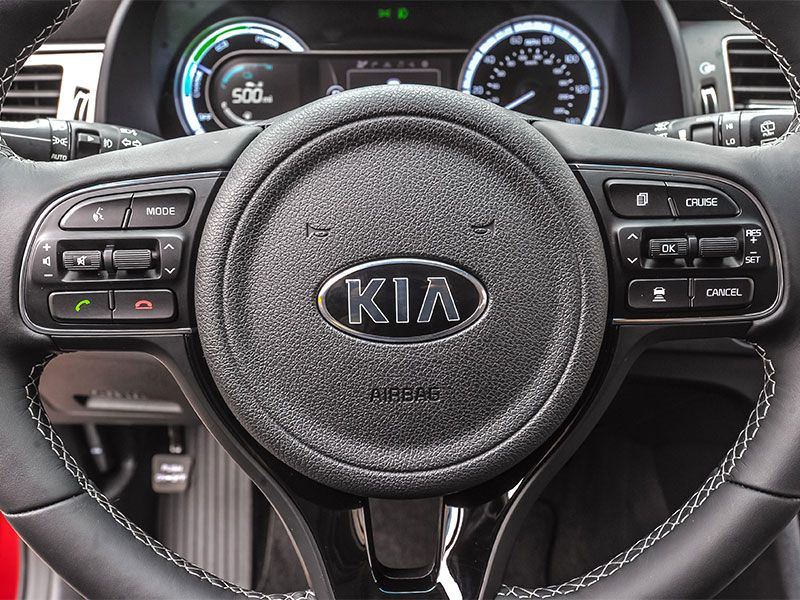
Photo by Kia
7. There’s a whole lotta tech inside.
Kia has been especially good about packing a lot of tech inside of their vehicles as of late, and the same holds true for the Kia Niro. In addition to Kia’s updated UVO3 infotainment system, a 7-inch touchscreen with smartphone integration via Apple CarPlay or Android Auto comes standard, along with a premium Harmon Kardon audio system. The latest in modern driver assistance features are also available with the Niro, such as blind spot detection, rear cross traffic alert, smart cruise control and autonomous emergency braking.
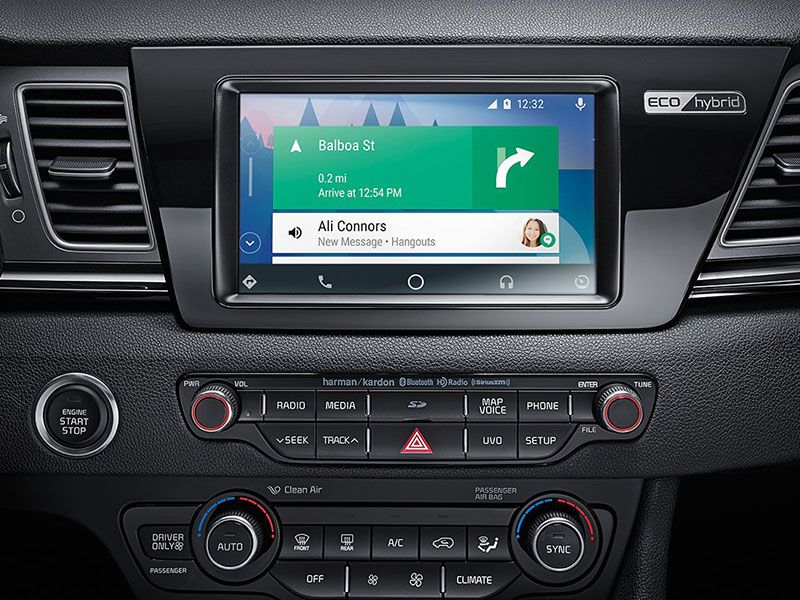
Photo by Kia
8. Clever placement of the battery saves your cargo space.
One of the typical traits to fall into the “cons” column when considering a hybrid is the loss of storage space due to the vehicle’s battery. It’s been known to affect the trunks of hybrid sedans more often, but engineers are coming up with better solutions today to maintain storage space. The Kia Niro’s battery has been placed beneath the rear seats, meaning you don’t have to sacrifice storage space in the cargo area or inside the cabin, and there is a flat load floor in the rear. There is even room for under-floor storage cubbies to stash even more stuff. It’s a good thing they got clever with the Niro; the petite crossover offers 19.4 cu. ft. of available cargo space, which is less than the trunk of a Toyota Prius (24.6 cu. ft.), and much less than a Toyota RAV4 Hybrid (38.4 cu. ft.).
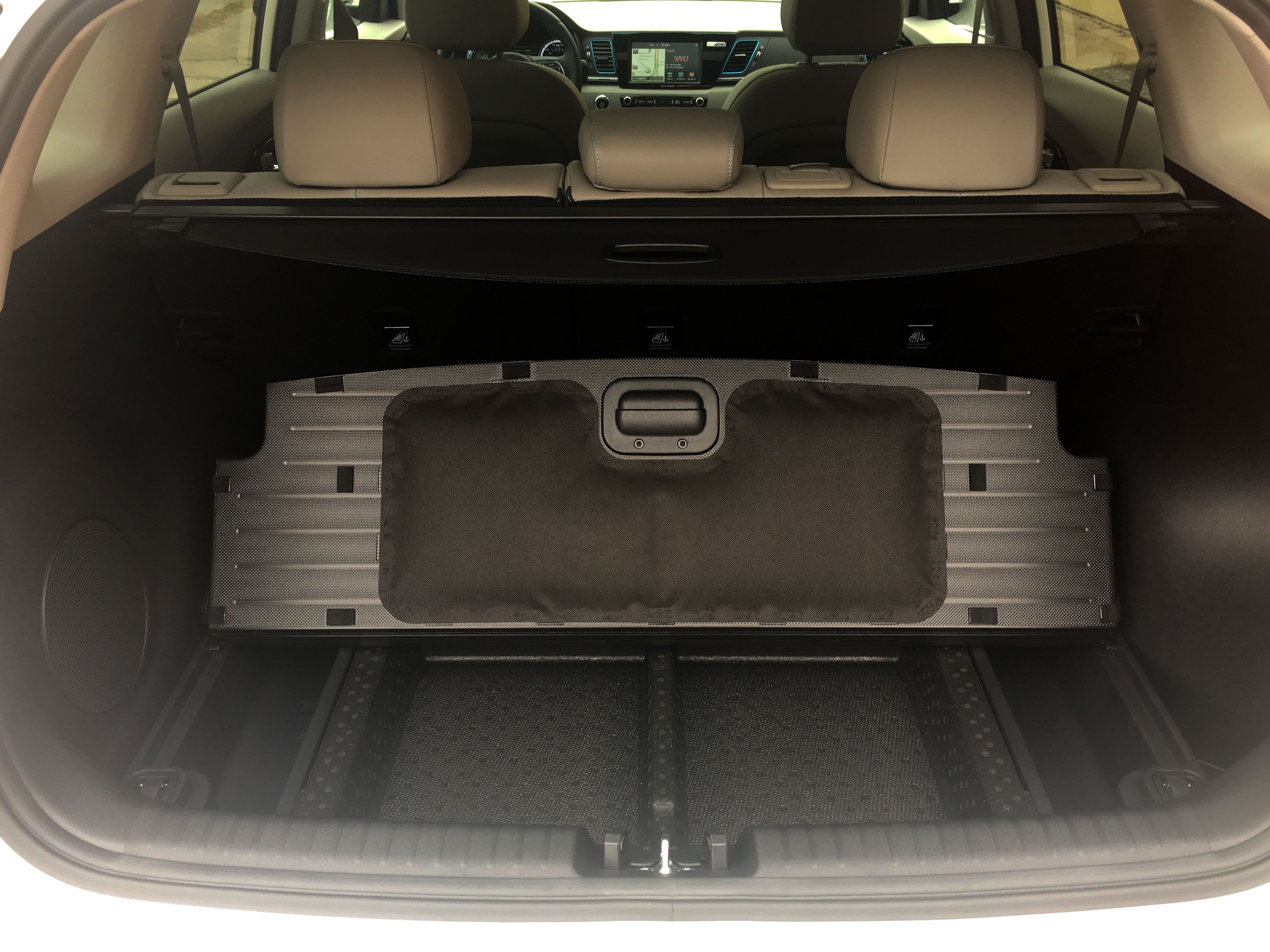
Photo by Carrie Kim
9. It’s really the only vehicle in its class… kind of.
The Kia Niro isn’t really like any other car in the marketplace right now. It cross competes with a Prius, but the Prius is not a crossover. You could liken the Niro to the Ford C-Max Hybrid, too, as the Niro is kind of like a hatchback on stilts, but the Niro makes the poor little C-Max look downright homely. The now discontinued Subaru Crosstrek Hybrid is a close cross-shop, but the Niro has it beat in both mpg and tech features. More traditional compact crossovers, like the Toyota RAV4 and Nissan Rogue, offer hybrid powertrains, but they are quite a bit bigger in size than the Niro is, making it not quite a fair comparison.
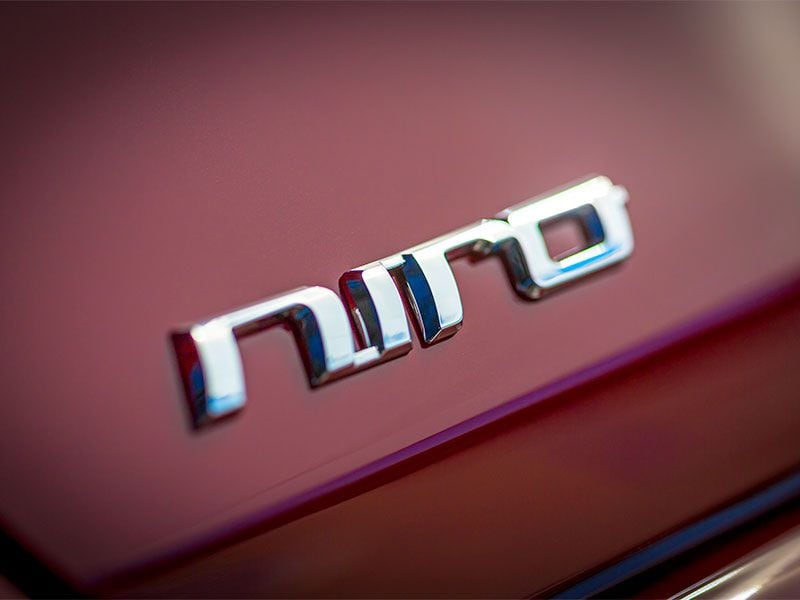
Photo by Kia
10. It’s small.
To be fair after all the gushing, buyers should keep in mind that the Niro is definitely a compact crossover. Visualize a hatchback car, with the height of a crossover. Active couples will have more than enough room, but families with multiple child safety seats will not. Every family is different, but if you’re looking for a crossover because you like a higher seating position or you’re a fan of the styling, the Niro should be on your short list. However, if you’re looking for lots of room inside, the Kia Niro may not meet your expectations.
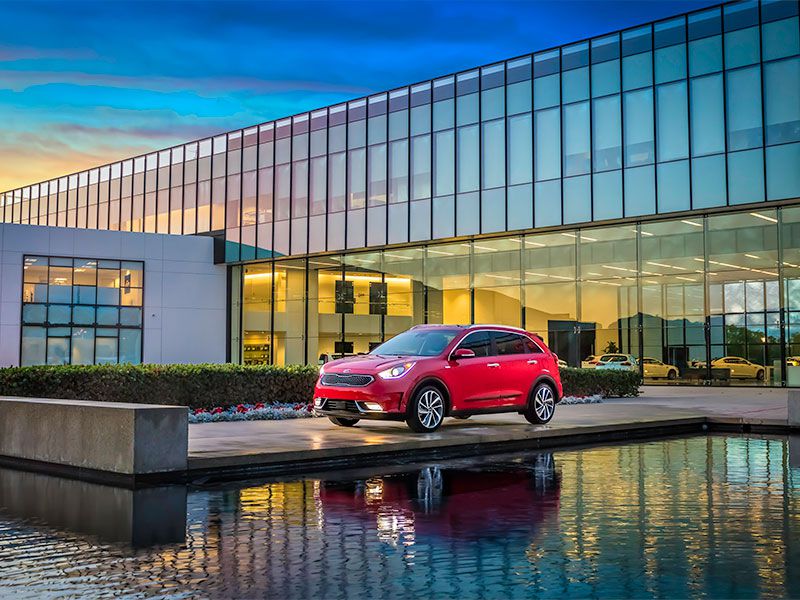
Photo by Kia